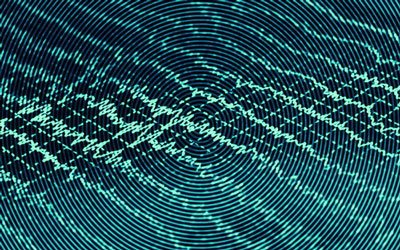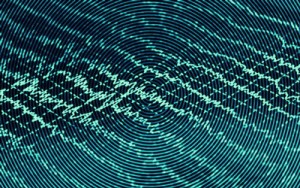Eisai presents new data for perampanel at AES 2015
Posted: 8 December 2015 | | No comments yet
New data, presented at AES 2015, show that Eisai’s Fycompa (perampanel) treatment reduces primary and secondary generalised tonic clonic seizures and is well tolerated versus placebo…


New data, presented at AES 2015, show that Eisai‘s Fycompa (perampanel) treatment reduces primary and secondary generalised tonic clonic seizures and is well tolerated versus placebo.


Results from a post-hoc analysis demonstrate treatment with perampanel was associated with a greater 50% responder rate versus placebo and conferred a median 65.5% reduction in primary and secondary generalised seizure frequency over 28 days versus placebo.
The analysis evaluated the efficacy and tolerability of 8mg/day perampanel on 492 people with primary or secondary generalised tonic clonic seizures, across four phase III studies. 26.9% of participants achieved seizure-free status with perampanel compared to 12.6% of people with placebo. Treatment was also well tolerated.
“Findings from this pooled analysis of Phase III data provide an important look into the efficacy and tolerability of perampanel in people with primary and secondary generalised tonic clonic seizures. It is encouraging that this examination of perampanel has shown it to offer a median 65.5% reduction in primary and secondary generalised seizures against placebo,” comments Professor Eugen Trinka, Professor and Chair of the Department of Neurology, Paracelsus Medical University, Salzburg, Austria.
The therapy is indicated for the adjunctive treatment for partial onset seizures, with or without secondarily generalised seizures, in patients with epilepsy aged 12 years and older and for adjunctive treatment of primary generalised tonic-clonic seizures, in patients with idiopathic generalised epilepsy.
Long-term marked reduction in seizures
Additional analyses of an open-label extension study of the treatment show it provides a long-term marked reduction in seizures in people with drug-resistant partial seizures regardless of baseline seizure frequency. The sub-analysis examines data from 1,217 participants who were grouped into those with a baseline seizure frequency <11.2 per 28 days and those with a baseline seizure frequency >11.2 per 28 days. During the maintenance period of the open label extension study, there was no pattern showing a difference between the groups and perampanel treatment showed a reduction in seizure frequency over time.
“We are very pleased to have a wealth of data on the efficacy and tolerability of perampanel at AES 2015. This meeting marks a record abstract submission for perampanel, with the presentation of 27 abstracts,” comments Antonio Laurenza, Executive Director, Eisai Inc.




